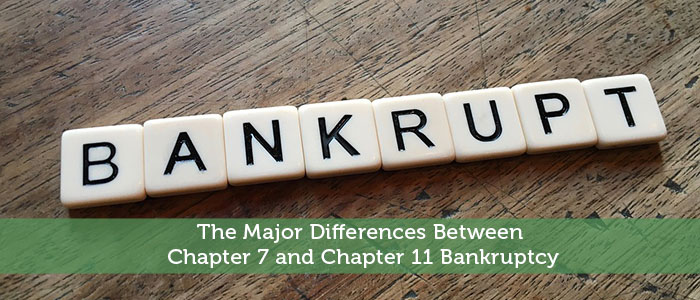
Photo Source
If you find yourself in a mountain of debt that you just cannot dig out of, you might consider looking into bankruptcy. Before you do make the decision, however, there are some important things you need to understand.
For example, when you declare bankruptcy, your credit score will tank and you will have a hard time obtaining credit, like an auto loan, credit card, or mortgage, for a long time. And when you do get to the point of being approved, your interest rate is going to be sky high. The bottom line is, life will be hard after bankruptcy.
But there is something else important to consider. What type of bankruptcy you are going to file for? Yes, there are different forms of bankruptcy and choosing the right one is critical.
In this post, I’ll walk you through the differences between Chapter 7 and Chapter 11 bankruptcy so you can get a better idea of which one is best suited for your personal situation.
Differences Between Chapter 7 And Chapter 11 Bankruptcy
What Is Chapter 7 Bankruptcy?
Now that you know there are differences between Chapter 7 and Chapter 11 bankruptcy, let’s first understand what Chapter 7 bankruptcy is all about.
Chapter 7 bankruptcy is the most popular option and it is the most straightforward option. In this case, all of your assets are liquidated and the money you get from selling everything goes back to the lenders to pay off your debts.
Any debt that is still outstanding is discharged. But while this is the most popular option, you have to qualify for it. To do so, you need to have your monthly income be less than the median income for your state, based on your household size.
What if your income exceeds the median income for your state and household size? You can still qualify for Chapter 7 bankruptcy, but you have to pass a means test. With this test, the court determines if you earn enough money to make payments to your creditors.
If you do, your case gets dismissed and your bankruptcy is converted over to Chapter 11 or Chapter 13.

















Leave A Comment